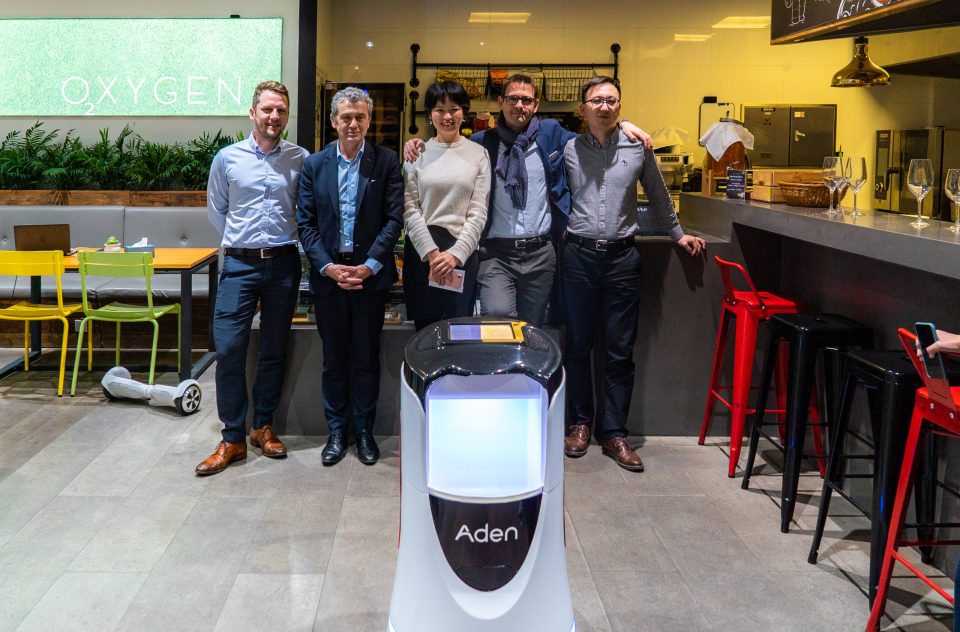
China’s robotics market is growing at a yearly rate of 33% and shows no signs of slowing down. We sat down with Vivian Wei from our robotics sales department who was just recognized for her outstanding sales efforts. Her position working directly with clients looking for robotic solutions has given her a unique perspective on the state of the market and its trends.
Here’s what she had to say about the industry.
 What is the ROI on a robot? Why should a company invest in robotics?
What is the ROI on a robot? Why should a company invest in robotics?
One very big point is this: the cost of human labor is unpredictable, and generally going up over the years. But the cost of robotic solutions is the opposite. It is quite stable, and it will decrease more and more as the technology matures.
Besides that, there are the classic reasons. Robots bring about a huge boost in reliability and an immediate increase in how much can be done in a given day. It’s not just that robots can work around the clock, it’s also that when they do routine tasks, human staff are freed up to do other work, which is often more rewarding and satisfying for them anyway. Of course, labor costs will be reduced and operational hours will be extended. I would also say that a robotic solution must be viewed as a long-term solution, meaning that the ROI can be measured over years.
In China, what kind of companies are getting interested in facility robots (delivery robots, cleaning robots etc.)? What is the trend you see when you talk to clients?
It’s bigger than one type of company, it’s a cross-sector movement. Many different industries are finding ways to improve their services with robotic solutions, from streamlining the operations of hotels to speeding up product delivery for restaurants. Department stores are also finding many uses for cleaning robots, which can work all night to improve sanitation and quality-of-life services.
Since Covid-19 emerged last year, there has been a new realization of the role robots can play in sterilization and delivery. At first, the focus was on how they dramatically cut down on the risk of cross-contamination, but even now that the crisis has come under control in China, people have a deeper understanding of how robots can benefit facility operations. It started in crisis, but robots are here to stay.
Where do you see the market for robotics going? What are the exciting things in the future of robotics?
The use of robots are multifaceted, and we will see more and more cross-functional and customized robots, experts call this Robotics as a Service (RaaS). Essentially, the robot becomes part of a package that can suit the client’s custom needs. This is often called “second-development” in the industry.
For example, a robot may be doing cleaning duties, but it could in theory also be equipped with sensors to check air quality, monitor for safety hazards, etc. This isn’t science fiction, it’s a growing option, especially here in China where there has been so much development in the robotics industry. With continuous upgrades, smart learning, and convenience of use, we will continue to see a surge in the day-to-day use of robots.
What problems do robots solve for companies? How do robots improve the experience of working or visiting a facility?
As I’ve said already, different circumstances require different robotic solutions and robots can be tailor-made to meet these challenges. There are many applicable possibilities – from security maintenance to construction, indoor delivery, disinfection, and cleaning.
But the other thing facility robotics do is show what kind of a company you are – high-tech, forward-thinking, in a very visible way. A lot of customers are drawn to robotics as a differentiator, a way of saying to visitors and employees “we aren’t an old-fashioned business, we’re on the cutting edge.” And when you visit a facility that has robots integrated into the workplace environment and operations, you do feel this.